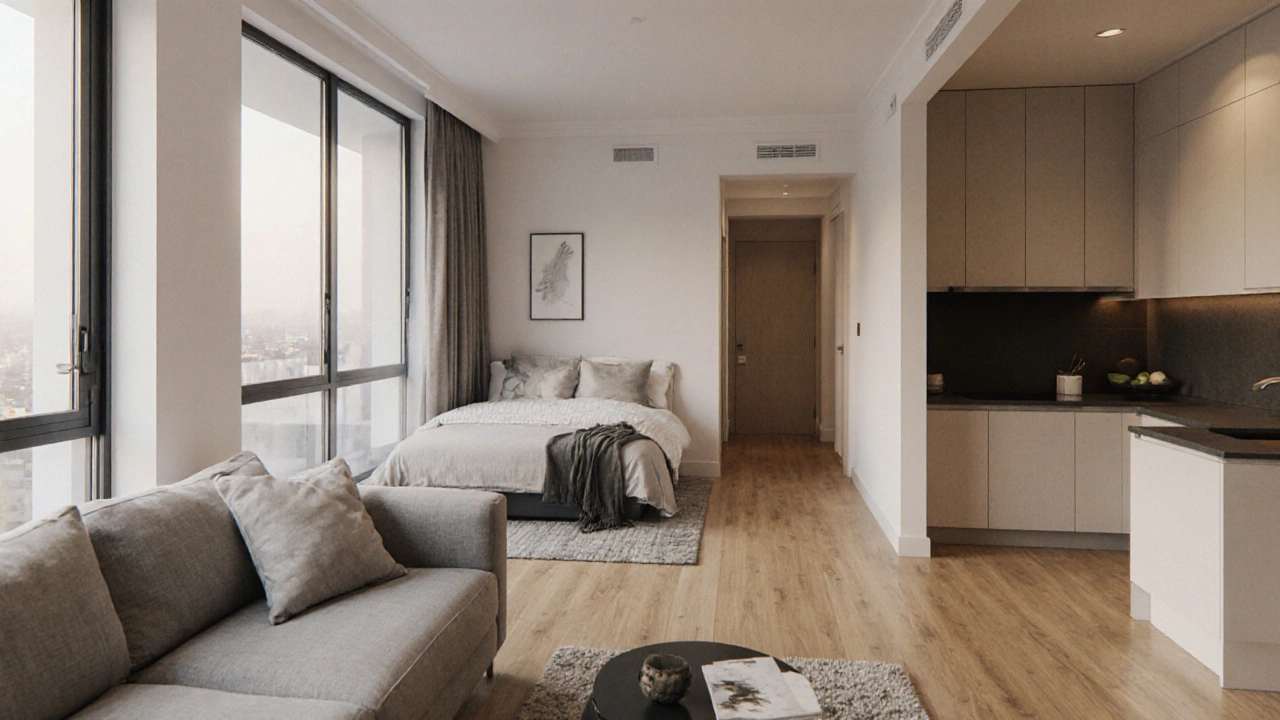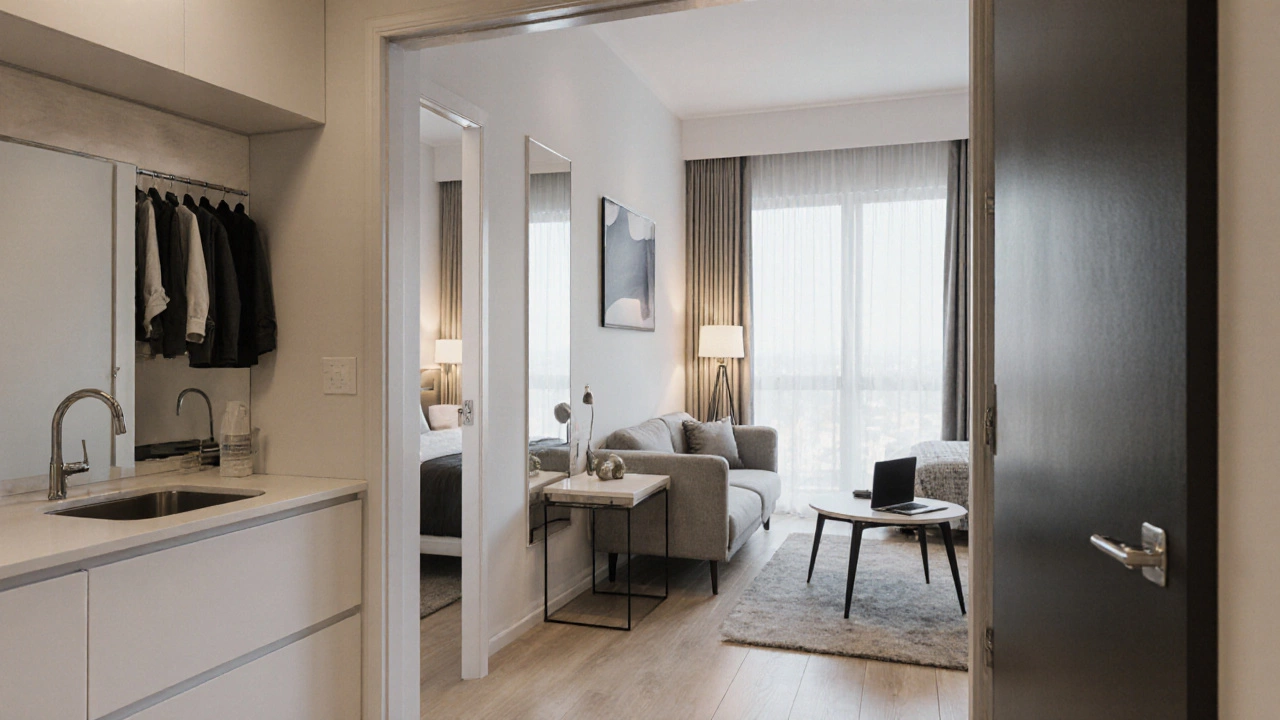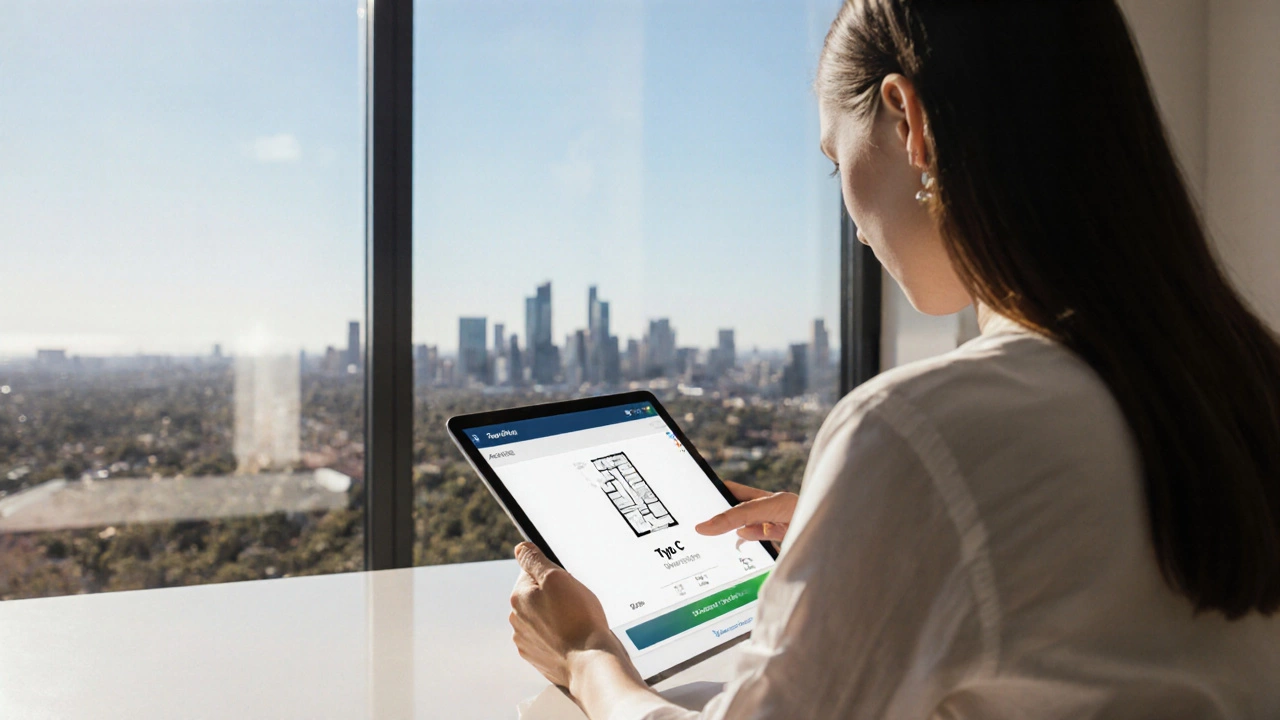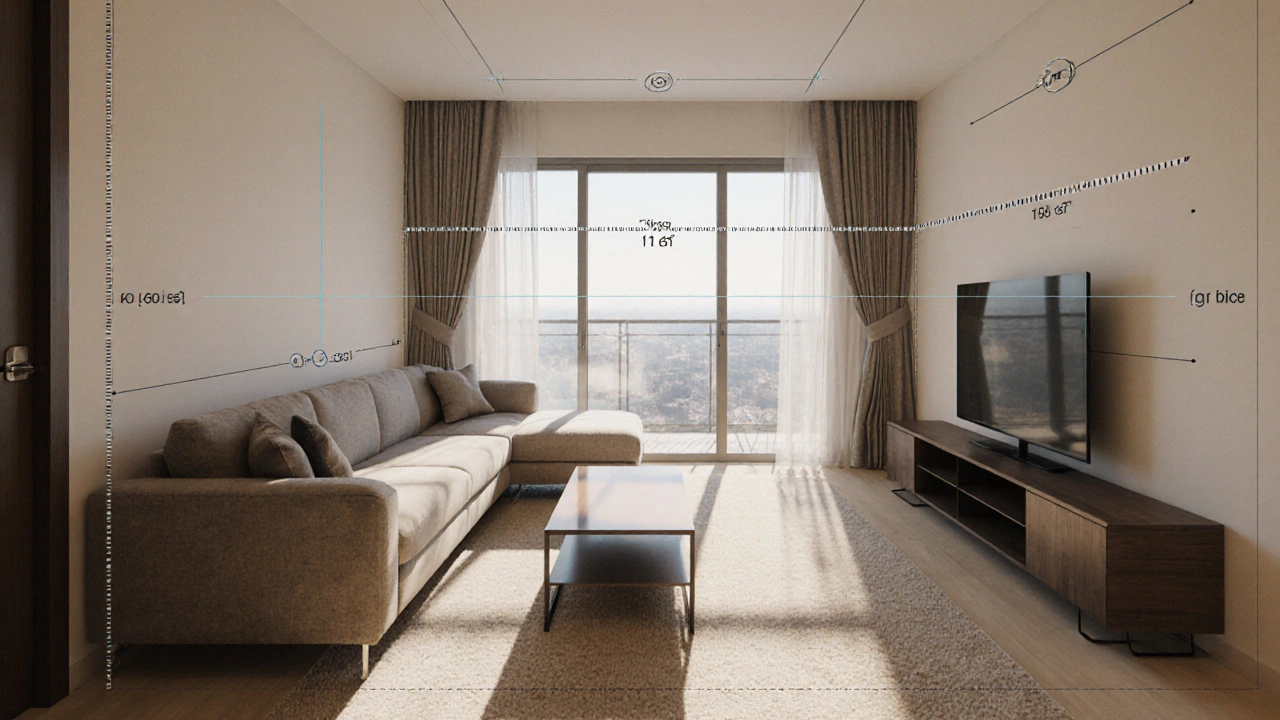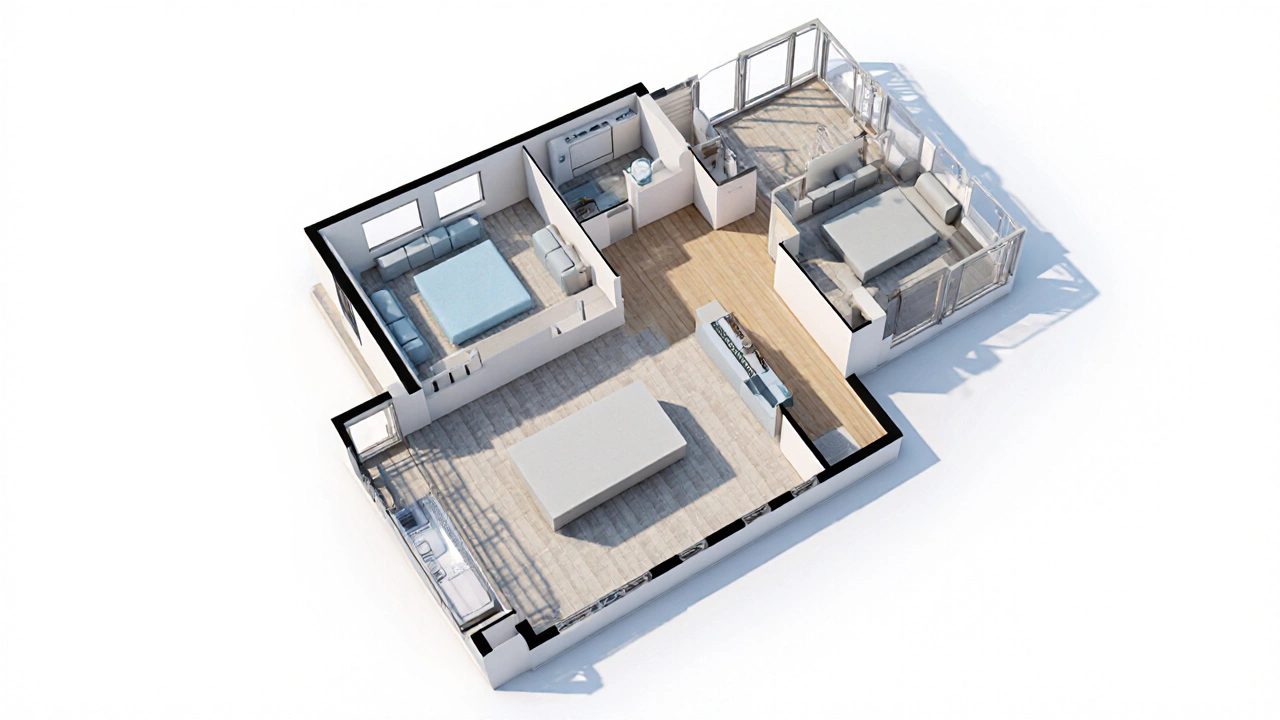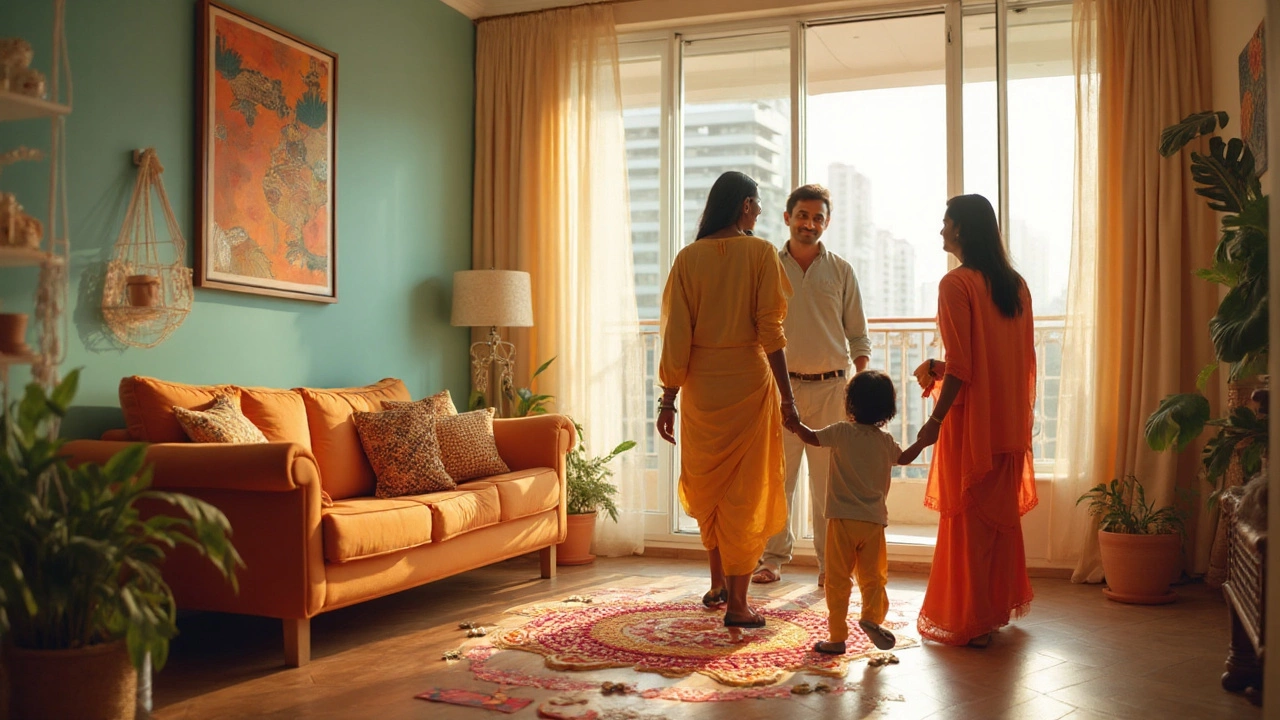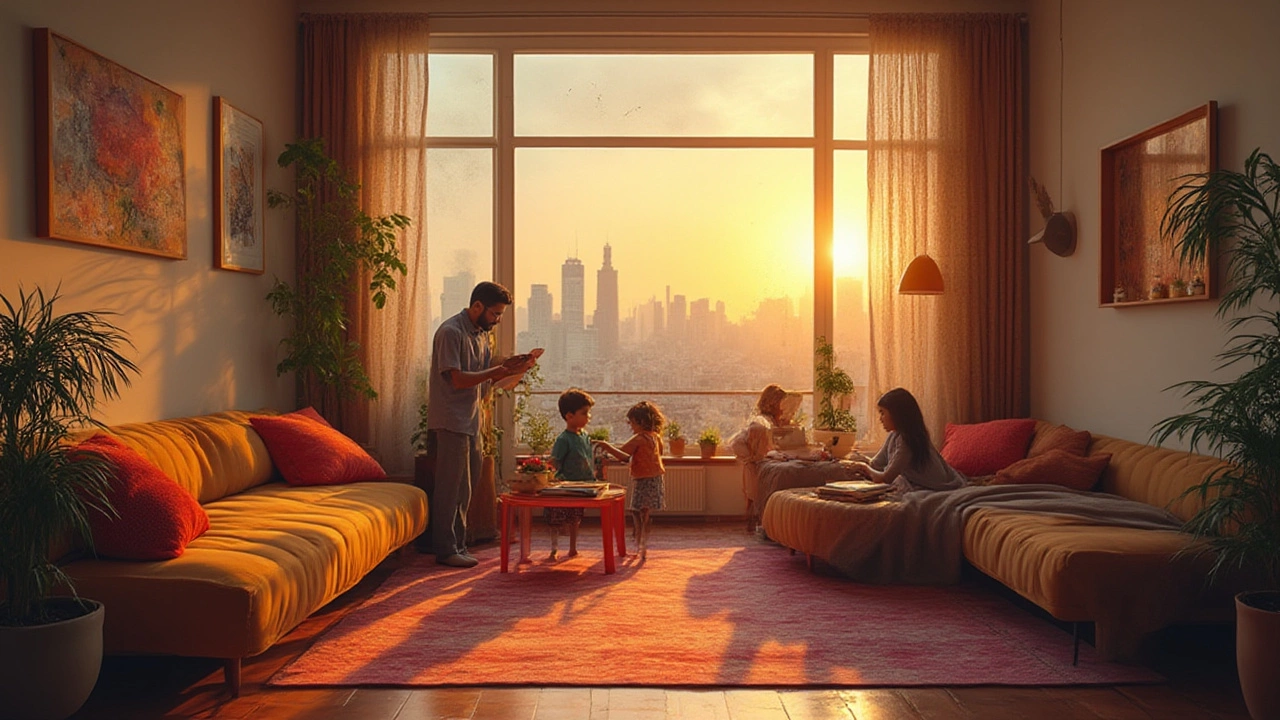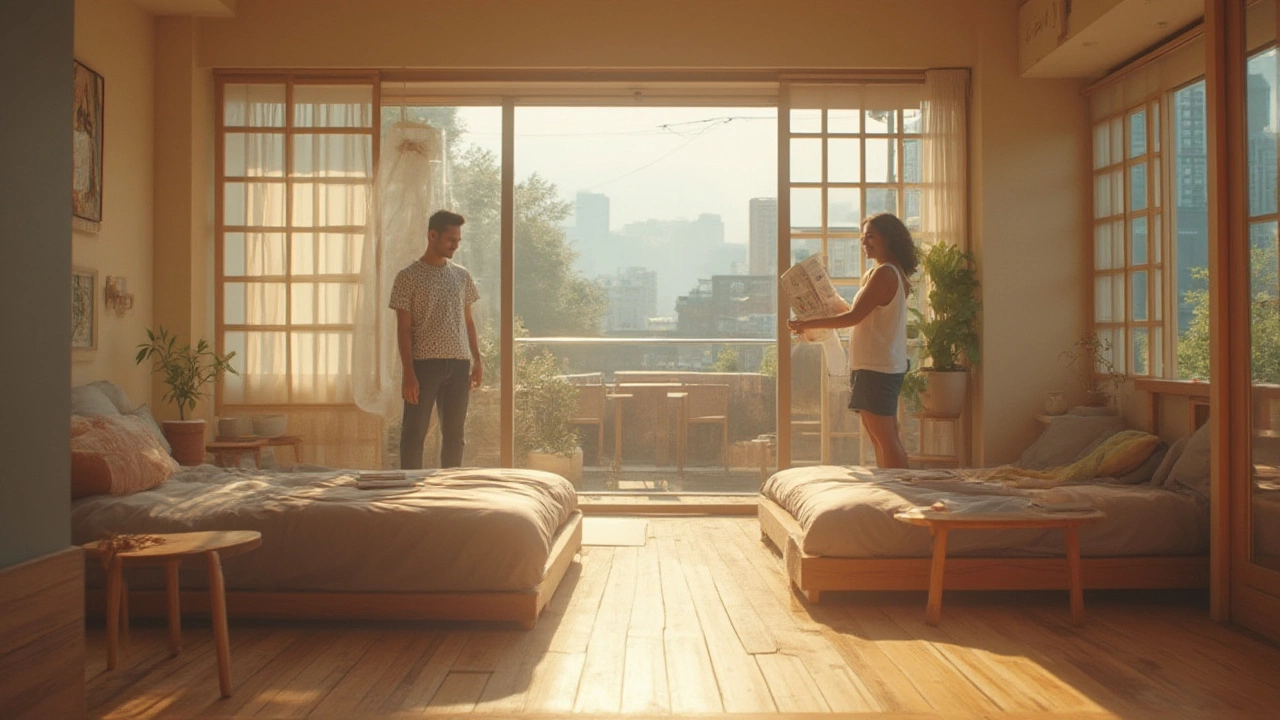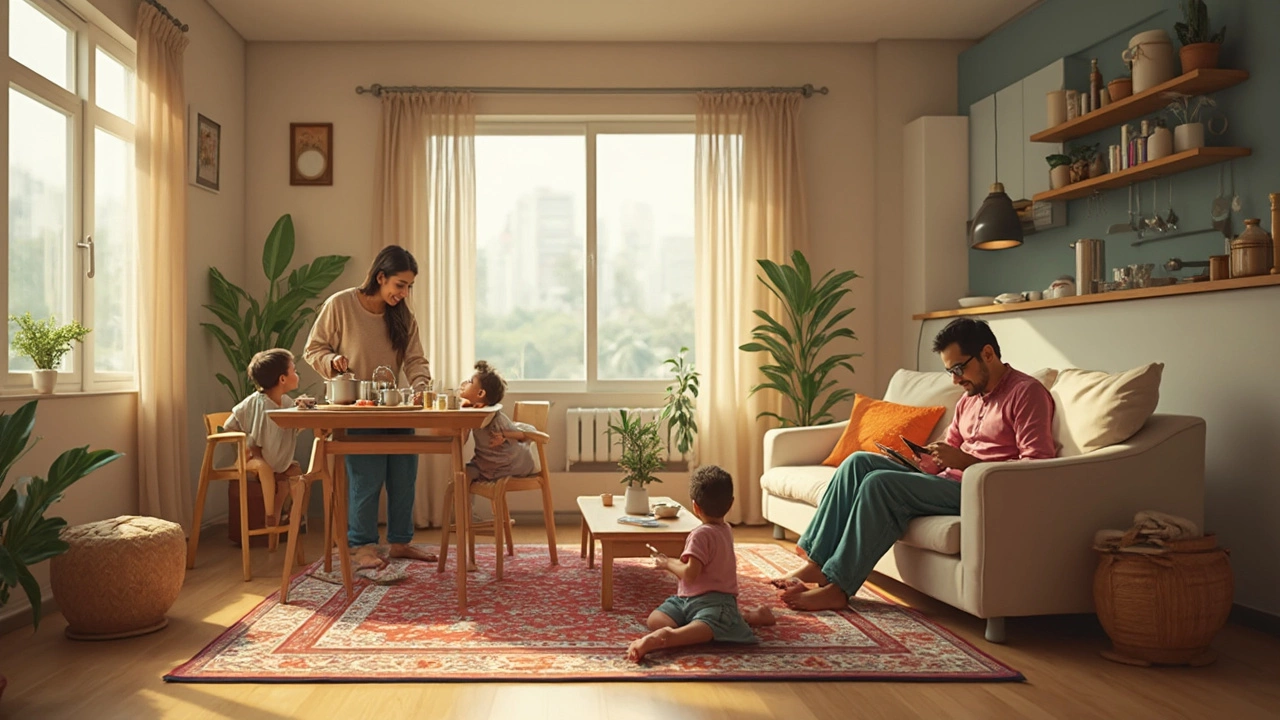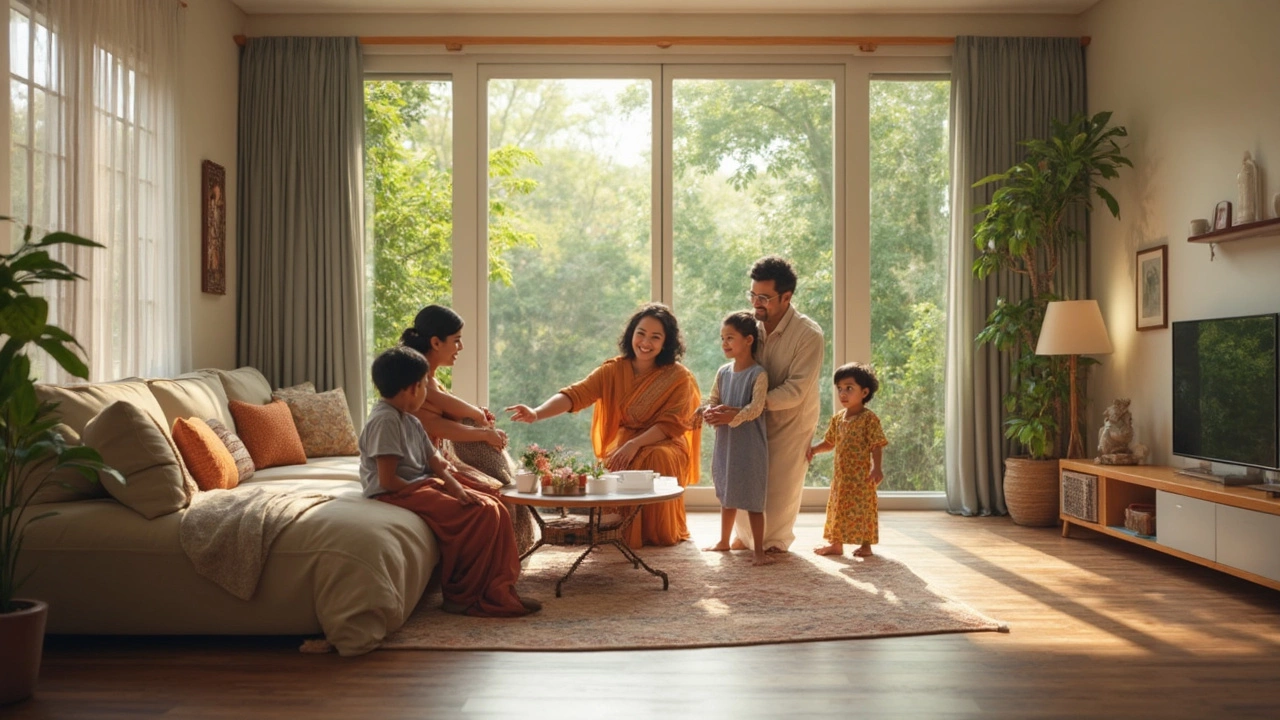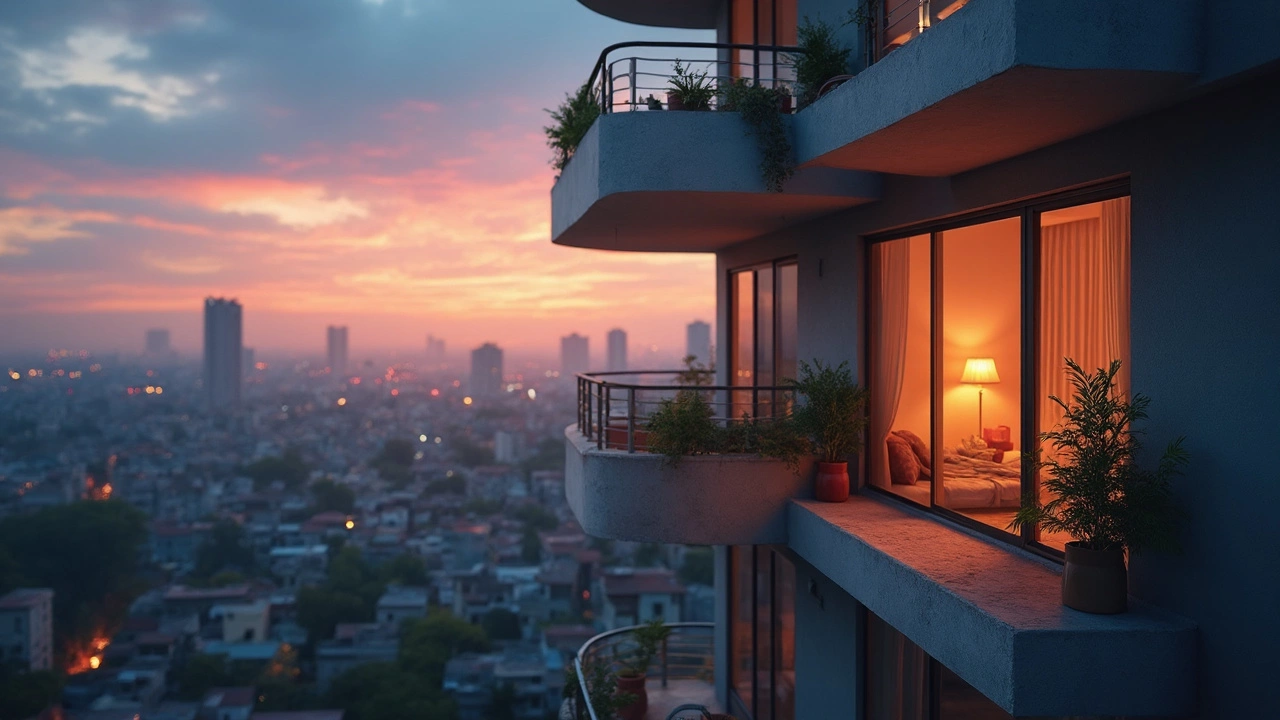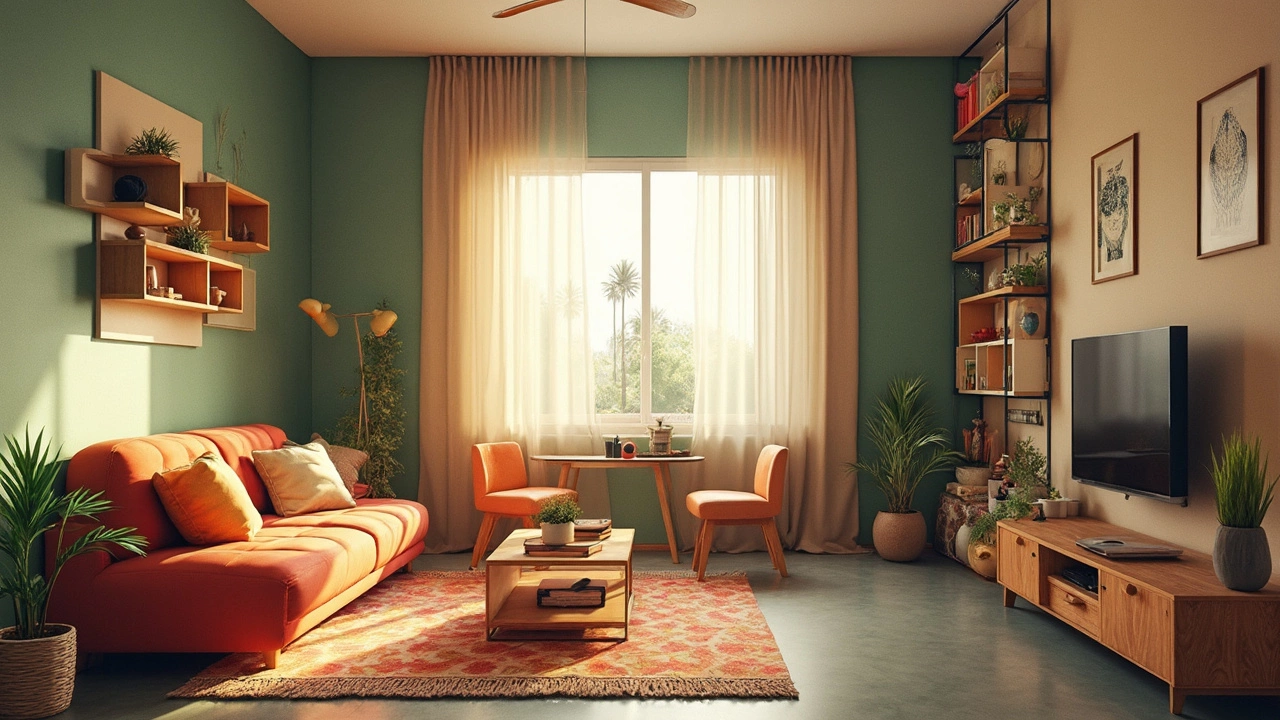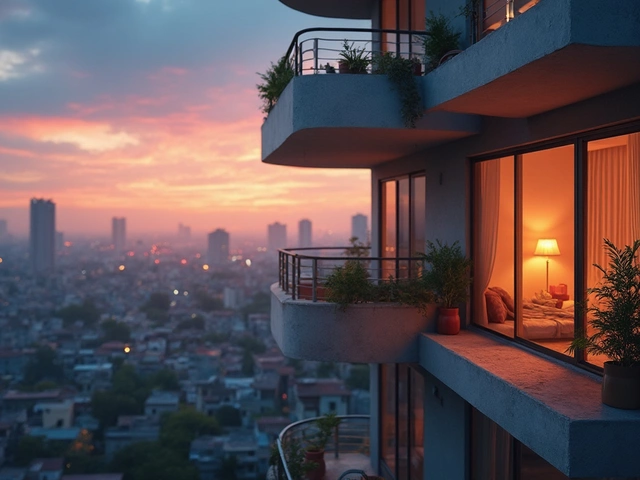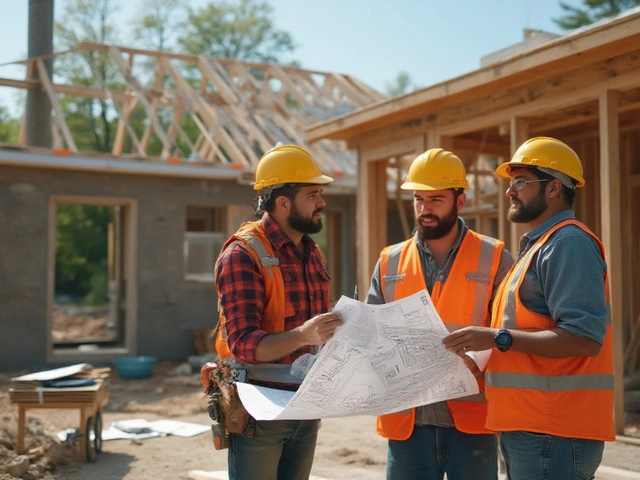Apartments in India: What You Need to Know Before You Move
Looking for a new place can feel overwhelming, especially with all the jargon in listings. You’ll see terms like 2BHK, LDK or even “Type 2” and wonder what they actually mean for your daily life. This guide breaks down the most common apartment types, the typical square footage you’ll get, and simple tricks to make any flat feel like home.
Understanding Common Apartment Labels
In Indian real estate, a 2BHK is the workhorse. It offers two bedrooms, a hall and a kitchen. Most buyers and renters expect around 800‑1,200 sq ft for a comfortable 2BHK, but the layout can vary a lot. A 1BHK usually falls between 500‑700 sq ft, perfect if you’re on a tighter budget or don’t need extra rooms.
When you see “LDK” or “2DK,” those are borrowed from Japanese listings. LDK stands for Living‑Dining‑Kitchen, meaning the three areas share an open space. 2DK adds two bedrooms to that open‑plan layout. If you love a roomy, flexible floor plan, look for LDK units – they often feel larger than the same square footage in a traditional 2BHK.
How Big Is Big Enough?
Size matters, but it’s not just about the numbers. A 600 sq ft apartment can feel cramped if the design is poor, yet the same area can feel airy with smart storage and multi‑purpose furniture. For a 1BHK, 600 sq ft is usually enough if you keep clutter low and use wall‑mounted shelves.
For a 2BHK, aim for at least 800 sq ft. Anything under that often means tighter corridors and smaller bedrooms. If you’re planning a home office, consider a unit with a separate study nook or a larger living area that can double as a work zone.
One quick trick: measure the usable floor space, not just the carpet area. Balconies, utility rooms and covered parking can add value without eating into your living area.
Another tip is to check the “R” rating in listings. In many Indian ads, “R” stands for “Ready to move,” meaning the flat is completed and won’t need major renovations. This can save you time and money compared to “under construction” projects.
Now that you know the basics, here’s a short checklist to use while hunting for apartments:
- Confirm the exact square footage and how it’s divided.
- Visit the site and walk through the layout – does it feel open?
- Ask about the “R” status – ready to move or under construction?
- Check for storage options: built‑in wardrobes, kitchen cabinets, ceiling fans.
- Look at the surrounding area – schools, public transport, grocery stores.
Following these steps will help you cut through the noise and focus on units that truly match your needs. Whether you’re a first‑time buyer, a growing family or a professional looking for a compact city pad, the right apartment is out there – you just need the right info to spot it.
Ready to start your search? Grab a notebook, write down the must‑haves from this guide, and head to the next listing with confidence. Happy house hunting!
